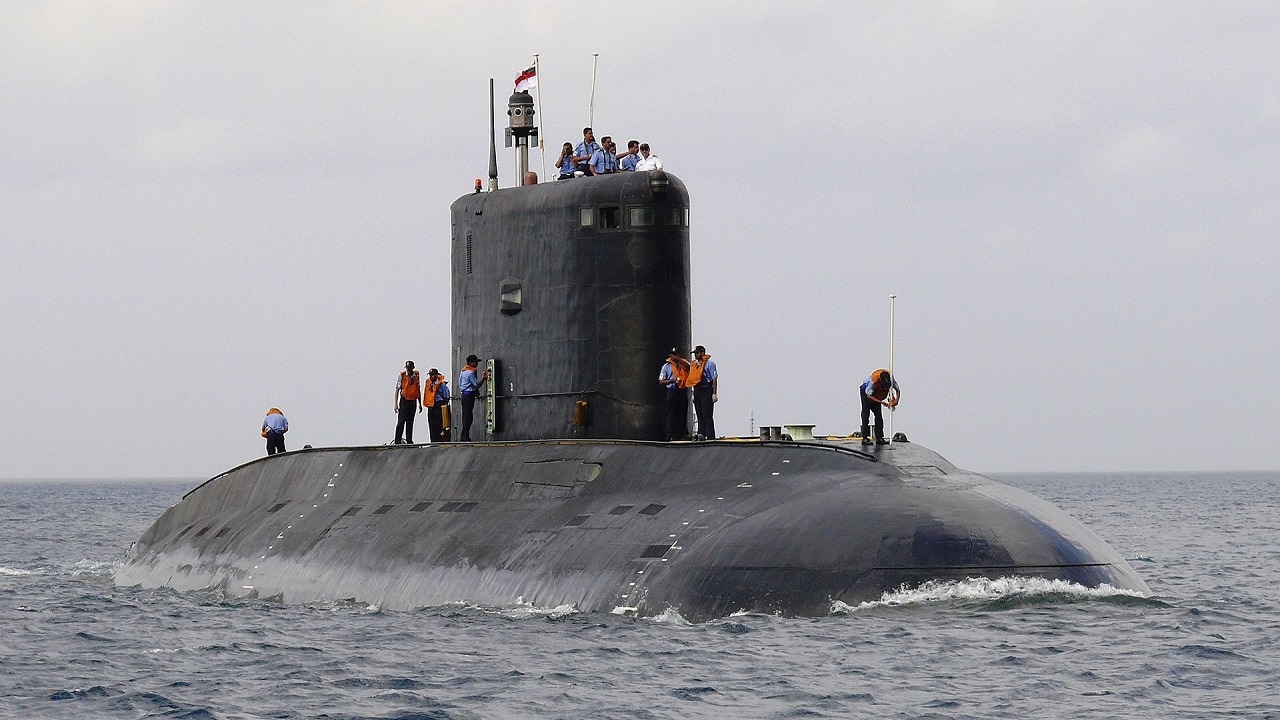The Kilo-Class of submarines are not exactly a new class of submarines and they are not powered by nuclear reactors. And still, the U.S. Navy hated the stealth capability of these boats. And what makes it worse: Russia has sold them to other nations like China: During the Cold War, the Soviet Union operated one of the largest submarine forces in the world. At its peak in 1980, the force numbered 480 boats. Today, the Russian Navy’s submarine force is a shell of that former self, but that doesn’t mean that it should be casually dismissed – especially as Moscow has put renewed effort into modernizing its submarine fleet.
A crucial component of the submarine force is the Kilo-class, the Soviet designation for what was initially used for the Project 877 Paltus. Those submarines were built until the mid-1990s, when Moscow changed production to the more advance Project 636 Varshavyanka variant – still known as the Kilo-class in the west. The subs were designed for anti-submarine warfare (ASW) and anti-surface-ship warfare (ASuW) as well as for general reconnaissance and patrol missions.
More Kilo-class Boats Are on the Way
Last month, a fourth modified Project 636.3 Varshavyanka-class submarine Ufa was launched according to the Admiralty Wharves Shipyard (part of the United Shipbuilding Corporation, USC), NavyRecognition reported.
According to past Russian media reports a contract for building a series of Project 636.3 six diesel-electric submarines for Russia’s Pacific Fleet was signed in September 2016, while the lead submarine of the class, Petropavlovsk-Kamchatsky, was delivered to the Russian Navy on November 25, 2019. A second Project 636.3 submarine, Volkhov, was subsequently handed over to the Fleet on October 24, 2020, while the third submarine Magadan entered shipbuilders’ sea trials on June 25, 2021. It was delivered to the Russian Navy last October.
Why Do They Call the Kil0-Class the Black Hole Submarine?
The modified Project 636.3 Varshavyanka-class submarines (NATO reporting name: Improved Kilo-II) have been referred to as the third generation of large diesel-electric underwater cruisers. The boats, which have been nicknamed “ Black Holes” by the U.S. Navy, were designed to operate in shallower, coastal waters and are tasked with ASuW and ASW missions.
The Improved Kilo-II class is noted for its higher combat efficiency compared to its predecessors, and this includes the combination of acoustic stealth and the target detection range, as well as the latest inertial navigator, advanced automated information, and control system, more powerful high-speed torpedo, and improved missile armament. The boats are capable of detecting an enemy submarine at a range three to four times greater than it can be detected.
The Project 636.3 submarines are 74 meters long and displace more than 3,900 tons, and due to their strong hull, the submarines have an operational depth of 240 meters and can dive to a maximum depth of 300 meters an operational range of up to 7,500 miles. The Russian submarines have been considered among the world’s quietest underwater cruisers, and the boats can travel at speeds of up to twenty knots, while they have sea endurance of forty-five days. Each submarine carries six torpedo tubes, and they carry a crew of fifty-two submariners.
Project 636.3 submarines are armed with Kalibr / Club land-attack cruise missiles, anti-ship missiles, and anti-submarine missiles. The 3M-54 Kalibr also referred to it as 3M54-1 Kalibr, 3M14 Biryuza, (SS-N-27 Sizzler and SS-N-30A), 91R1, and 91RT2 is a family of Russian cruise missiles developed by the Novator Design Bureau (OKB-8). The Kalibr can be launched from torpedo tubes while the boat is in a submerged position.
Each of the Kilo-class boats are also equipped with 533-millimeter torpedo tubes and carried a total of 18 torpedoes.
Now a Senior Editor for 1945, Peter Suciu is a Michigan-based writer who has contributed to more than four dozen magazines, newspapers and websites. He regularly writes about military hardware, and is the author of several books on military headgear including A Gallery of Military Headdress, which is available on Amazon.com. Peter is also a Contributing Writer for Forbes.

